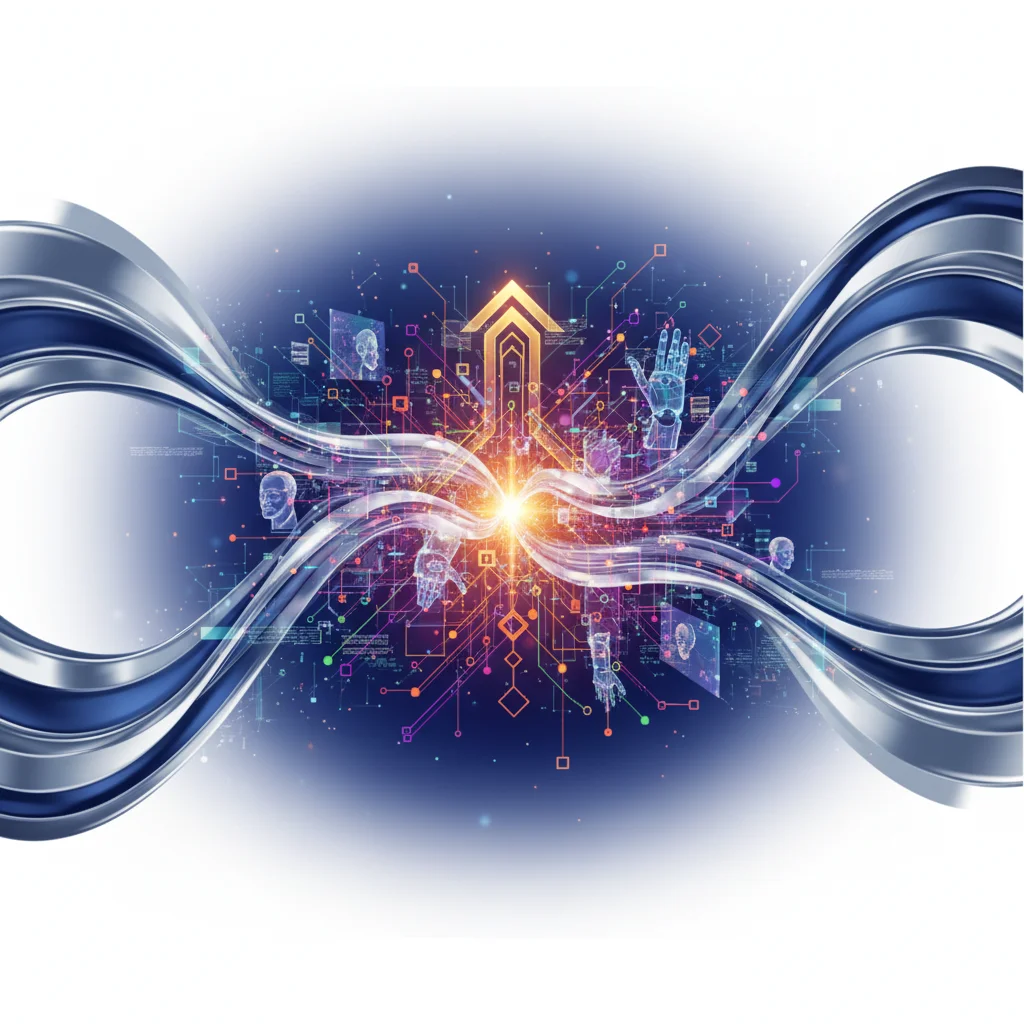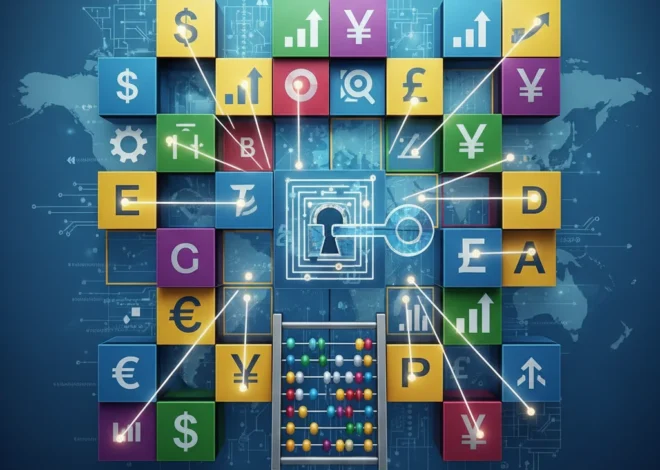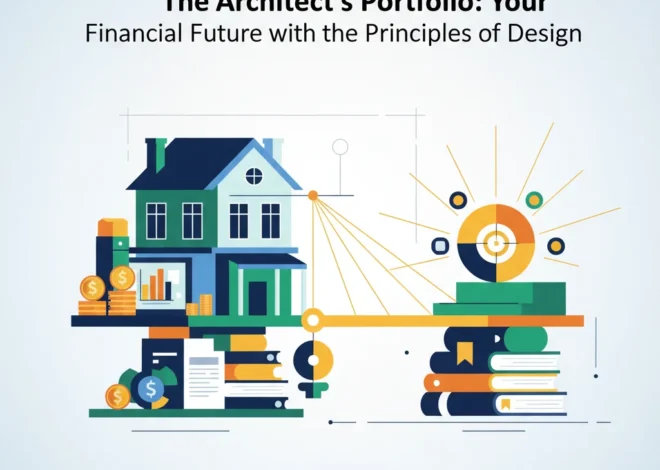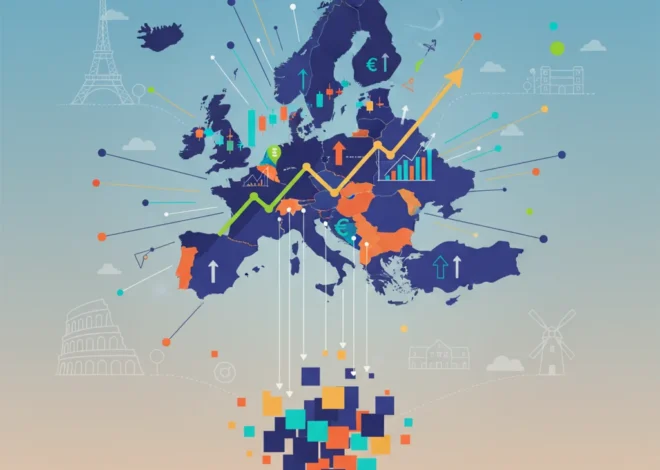
The Silver Tsunami Meets the AI Revolution: Uncovering the Biggest Tech Opportunity of Our Time
The Two Tsunamis Reshaping Our World
In the world of technology and investment, we’re obsessed with the next big thing. We chase disruptive innovations, paradigm-shifting platforms, and exponential growth curves. Right now, all eyes are on artificial intelligence, a wave of change so massive it’s being compared to the invention of the internet or electricity. But there’s another, quieter tsunami building on the horizon—one driven not by silicon, but by demographics.
I’m talking about the “silver tsunami”: the unprecedented global aging of our population. These two forces—the explosive growth of AI and the steady, unstoppable aging of society—are not separate trends. They are on a collision course. And at their intersection lies what may be the single greatest, most underserved, and most meaningful market opportunity for developers, entrepreneurs, and startups in the 21st century.
While the headlines are dominated by AI chatbots writing poetry, the real, multi-trillion-dollar revolution will happen when this powerful technology is applied to the profound challenges and needs of an older population. This isn’t just about building another app; it’s about architecting a future where technology enhances quality of life, boosts economic productivity, and solves some of humanity’s most pressing problems. Let’s dive into why this intersection is the ultimate sweet spot for innovation.
The Demographic Imperative: A Challenge That’s Actually an Opportunity
First, let’s get a handle on the sheer scale of this demographic shift. It’s not a distant future problem; it’s happening right now. According to projections from the United Nations, by 2050, one in every six people on the planet will be over the age of 65. In developed nations across Europe and North America, that number will be closer to one in four.
This creates a significant economic challenge known as the “dependency ratio”—the number of older, non-working individuals relative to the number of working-age people. As this ratio increases, it puts immense strain on healthcare systems, pension funds, and the overall labor market. A shrinking workforce simply can’t support a growing population of retirees in the traditional way.
But for every challenge, there’s a corresponding opportunity. A growing elderly population represents a massive, affluent, and digitally-savvy consumer base with unique needs. They require solutions in healthcare, finance, accessibility, and social connection. This is where automation and AI pivot from being a threat (job displacement) to a necessity (productivity enhancement).
Think of it this way: if we have fewer workers, each worker needs to be exponentially more productive. Artificial intelligence is the engine that can power that productivity leap, creating a world where we can do more with less, provide better care, and build more sustainable economic models.
The AI Treadmill: Why Your Team's Skills Are Already Obsolete (And How to Fix It)
The Golden Opportunities: Four Sectors Ripe for AI-Powered Disruption
So, where are the concrete opportunities for tech professionals and entrepreneurs? The potential applications are vast, but a few key sectors stand out as being primed for immediate and transformative innovation.
1. Healthcare & Longevity Tech
This is the most obvious and arguably the most impactful area. The healthcare needs of an aging population are complex, chronic, and costly. AI can address these challenges head-on by shifting the model from reactive treatment to proactive, personalized care.
We’re talking about machine learning algorithms that can predict disease onset from subtle biomarkers, AI-powered diagnostic tools that can analyze medical images with superhuman accuracy, and generative AI that helps researchers accelerate drug discovery for age-related illnesses like Alzheimer’s. On the patient-facing side, the opportunities include remote monitoring devices that track vitals and detect falls, AI-driven telehealth platforms that provide 24/7 access to care, and personalized wellness apps that help manage chronic conditions like diabetes or hypertension.
Here’s a look at some specific applications where AI is already making a difference:
| AI Application Area | Specific Use Case | Impact for an Aging Population |
|---|---|---|
| Predictive Analytics | Analyzing patient data to predict risk of falls, hospital readmission, or disease progression. | Enables preventative care, reduces healthcare costs, and improves patient outcomes. |
| Medical Imaging | AI algorithms that analyze X-rays, MRIs, and CT scans to detect cancer, stroke, or macular degeneration. | Faster, more accurate diagnoses, especially in under-resourced areas. |
| Natural Language Processing (NLP) | Voice-activated assistants for medication reminders, appointment scheduling, and health queries. | Increases medication adherence and empowers individuals to manage their own health. |
| Remote Monitoring (IoT) | Wearable sensors and smart home devices that track activity levels, sleep patterns, and vital signs. | Allows for “aging in place,” providing safety and peace of mind for families. |
The business model here is often a SaaS platform sold to hospitals, insurance companies, or directly to consumers, all running on scalable cloud infrastructure.
2. Fintech for the Golden Years
Retirees control a disproportionate amount of global wealth, yet the financial services industry has been slow to tailor products to their specific needs. This is a massive opening for fintech startups. An older client base has different financial goals: not wealth accumulation, but wealth preservation, decumulation (drawing down assets), and estate planning.
AI can power robo-advisors that create sophisticated, personalized retirement income strategies. It can also provide a crucial layer of cybersecurity, detecting and preventing financial fraud, which disproportionately targets the elderly. Imagine an AI that learns a user’s spending habits and can instantly flag an unusual transaction or a potential scam call. This isn’t just a convenience; it’s a vital protective service. According to one report, seniors lose billions annually to financial scams, a problem that intelligent software is uniquely positioned to solve.
Beyond the Code: Is the Tech Industry Creating Its Own Toxic Legacy?
3. Smart Living & Connected Communities
One of the silent epidemics among the elderly is loneliness and social isolation. Technology can be a powerful bridge to connection. This goes beyond simple video calls. We’re seeing the rise of AI-powered companion robots, virtual reality platforms for shared experiences, and online communities tailored to the interests of older adults.
Furthermore, the entire concept of the “smart home” takes on new meaning. For a younger person, a voice assistant that turns on the lights is a convenience. For an older person with mobility issues, it’s a tool for independence. AI-driven systems can manage home environments, order groceries automatically, detect emergencies like a fall or a stove left on, and provide a seamless, voice-first interface that eliminates the need to fiddle with complex apps.
4. The Future of Work & Lifelong Learning
Retirement is no longer a hard stop at 65. Many people want or need to continue working in some capacity. AI can facilitate this by creating flexible work platforms, matching experienced older workers with mentorship or consulting gigs, and providing personalized reskilling programs. The programming and development of these platforms require a deep understanding of both the modern gig economy and the skills that mature workers bring to the table. This is about creating a future of work that values experience and enables lifelong contribution.
The Developer & Entrepreneur’s Playbook: How to Build for This Market
If you’re a developer, founder, or tech professional, this all sounds promising. But how do you actually build successful products for this demographic? It requires a shift in mindset.
- Simplicity is the Ultimate Sophistication: The user interface is everything. Forget cluttered screens and complex menus. Think large fonts, high-contrast design, voice-first interaction (NLP is key), and intuitive workflows. The underlying AI can be incredibly complex, but the user experience must be radically simple.
- Build for Trust and Security: You will be dealing with highly sensitive health and financial data. Robust cybersecurity is not an add-on; it’s a core feature. Demonstrating that your platform is secure and private is essential for gaining user trust. This means encryption, multi-factor authentication, and transparent data policies are non-negotiable.
- Embrace the SaaS Model: A subscription-based SaaS model, delivered via the cloud, is a perfect fit. It allows for continuous updates, scalable delivery, and predictable revenue. It also lowers the upfront cost for consumers or institutions, making the technology more accessible.
- Solve a Real, Specific Problem: Don’t start with the technology. Start with a real-world problem. Is it medication non-adherence? Fear of falling? Difficulty managing finances? The most successful startups in this space will be those that offer a clear, tangible solution to a pressing need, rather than a vague, tech-first promise.
The Code to Continuous Learning: Why Your Tech Team's Best Teacher Is… Each Other
The Beginning of a New Era
The convergence of artificial intelligence and an aging population isn’t just another tech trend. It’s a fundamental reshaping of our social and economic landscape. For decades, the tech industry has been overwhelmingly focused on serving the young. But the demographics are clear: the future growth is in the 65+ market.
This is a field where innovation has a dual bottom line: immense financial potential and the opportunity to dramatically improve the quality of life for millions. The challenges are significant, but the tools—from cloud computing to advanced machine learning models—are more accessible than ever. The problems are waiting. The market is ready. The question is, what will you build?


